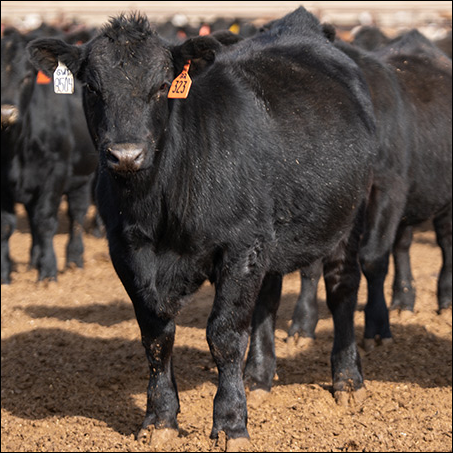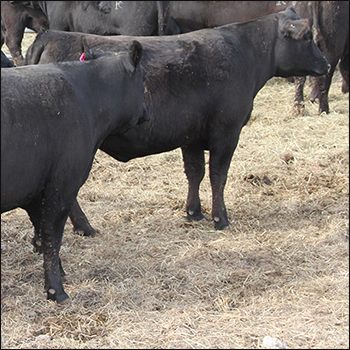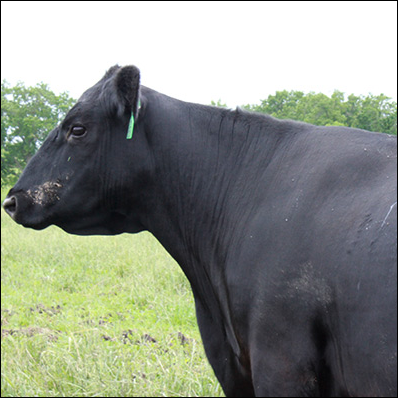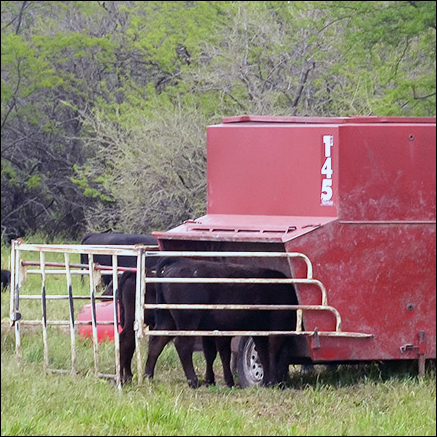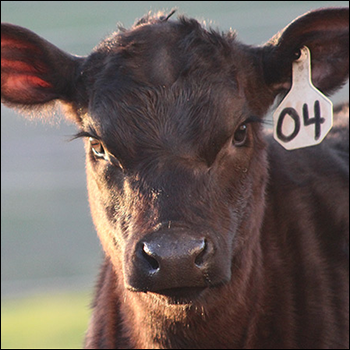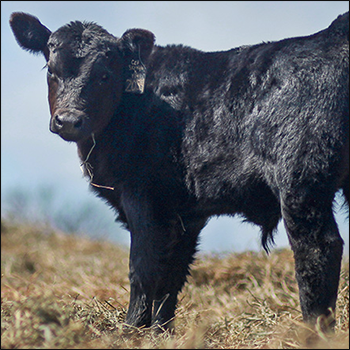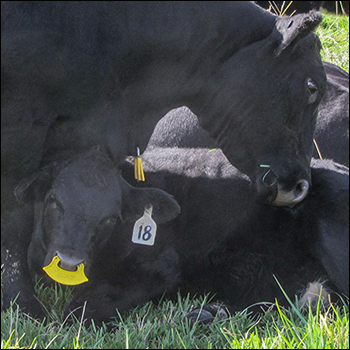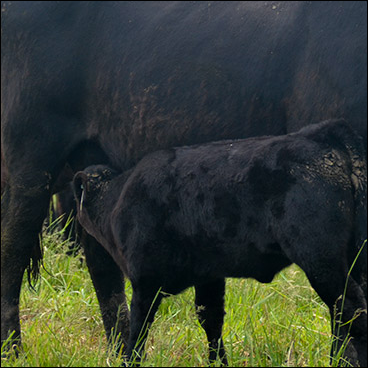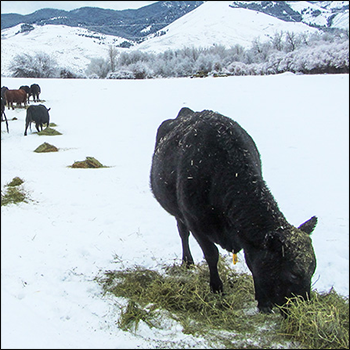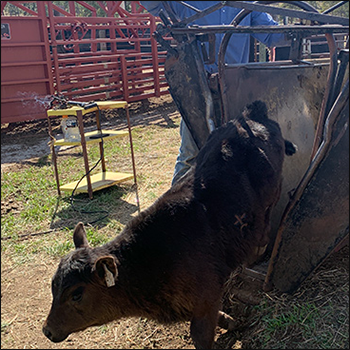
Managing Lightweight Calves
Tips for feeding 4- to 6-month-old calves.

Weaning calves early is a powerful management tool to reduce demands on range and pasture. By pulling the calves off the cows earlier than normal, we can cut the cows’ daily forage intake by 25% or more. While early weaning offers a lot of potential to improve performance and cut costs on the cow side, the disadvantage of weaning calves early is that we’re faced with the choice of either selling a lighter-than-normal calf that will bring in less total dollars or taking on the challenge of feeding 4- to 6-month-old calves.
Diet & nutrition Early-weaned calves can perform very well when fed high-quality diets. Feed conversions of about 5:1 (feed:gain) are certainly possible. Achieving that kind of performance requires that calves consume a sufficient quantity of nutrients to meet their needs.
Calves of this age require a diet containing about 16% crude protein (CP) and 70% total digestible nutrients (TDN). That typically means diets containing about 60% grain plus 10%-20% higher-protein ingredients such as soybean meal or distillers’ grains, with roughage making up the balance. Diets should also contain a vitamin-mineral supplement. This is especially important to support immune function and vaccine response.
Feeding a “cheap” diet might not be the best option for starting light calves. Calves that don’t eat well during the first few days on feed often end up with health problems and/or poorer performance later in the feeding period. Feeding a more expensive diet (i.e., commercial creep or starter feeds) for the first 10-14 days might be justified if that results in more consistent intake initially. These feeds may also be a fit if an operation isn’t set up to mix and deliver small quantities of a starter ration.
Health considerations Keeping these calves healthy is also a concern. In some respects, these cattle transition through the weaning process in early fall easier than later in the year as they don’t have to deal with the potential of cold, snowy weather. Plus, there is still some disease protection from maternal antibodies. Producers should consult with their veterinarian to develop a management plan specifically for their operation. Keep in mind that this year a veterinary feed directive (VFD) is required for any feed-grade antibiotics. Calves coming from drought-stressed areas might require some additional attention if vaccine response is inadequate due to nutrient restrictions this summer.
Other tips Some other suggested management tips include:
- Make sure the facilities will handle light calves. Smaller calves may not be able to access water and feed as easily in pens designed for larger cattle. Small calves can also slip through small holes or gaps in fences and gates much more easily. Some feedlots use wire panels over the feedbunks so that calves are less likely to escape, but feed can still be delivered.
- Controlling dust in a drylot setting during drought can be a significant challenge. Some options include keeping group sizes small to minimize the amount of dust kicked up in the air. Reducing pen size to about 60 square feet per calf also can help, and make sure that calves are close to feed and water. Bedding the pens can also help, as well as sprinkling the pen surface with water.
- Water intake is critically important. Simply put, if cattle don’t drink, they don’t eat. If they don’t eat, they are much more likely to get sick. Make sure that tanks are clean and the calves find the water. Letting tanks run over for a day or two might help, especially for cattle not used to tanks or automatic waterers.
- Even though there may be ample supplies of high-moisture feeds from salvaged grain crops in some areas, small calves don’t have enough rumen space to eat enough of those feedstuffs to meet their needs. Avoid feeding silages and other high-moisture feeds until the calves weigh 400-450 pounds.
Editor’s note: Warren Rusche is an SDSU Extension beef feedlot management associate. This article is reprinted with permission from SDSU Extension, https://extension.sdstate.edu/. Photo by Danika Gordon, 2020 NJAA/Angus Journal Photo Contest.

